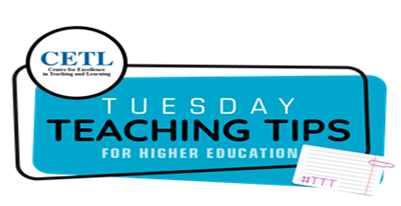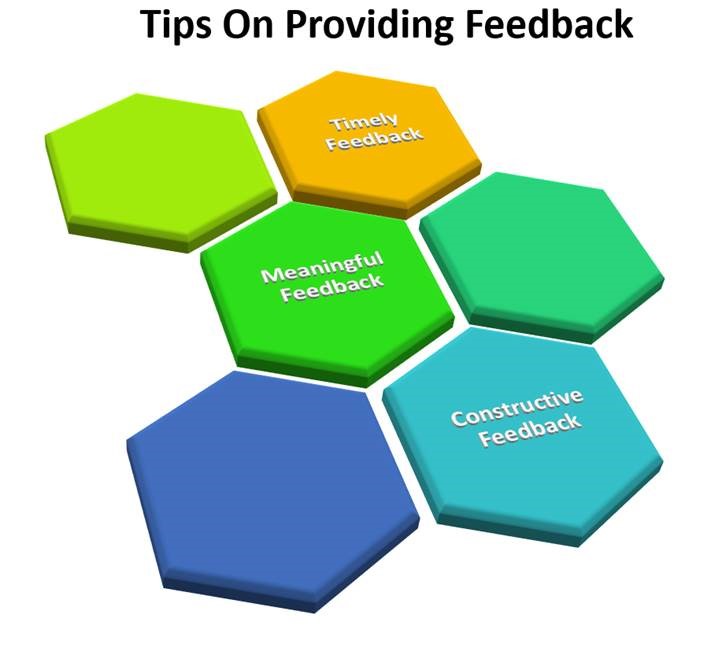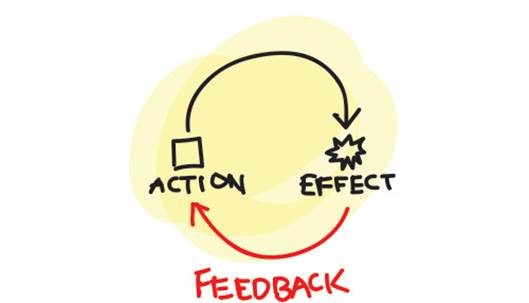
Hi Everyone! Before we get into the main topic of our blog post today, we just want to provide you with some encouragement. In the midst of administering various assessments, grading students’ submissions while fulfilling your other duties/responsibilities, things can seem a bit stressful or overwhelming. But always remember your labour and sacrifice is not in vain. It may not be overtly expressed by others at the moment but always remember you matter, your sacrificial service matters, and the greatest impact is evidenced by the students, whose lives you are impacting immeasurably, and thereby shaping the future! #BeEncouraged!
Teaching and learning in the online, face-to-face and/or blended environment contexts to be a profoundly dynamic experience for all stakeholders – namely learners and course facilitators. For the semester thus far, our previous installments of TTT have explored a range of topics such as accessing myelearning, adding learning resources to your course site, tips for engagement in teaching and learning, considerations for the selection of appropriate technologies for teaching and learning, Open Educational Resources (OERs), Universal Design for Learning (UDL), Assessments & The Power of AI, and Alternative & Formative Assessments & The myelearning Assignment Activity. As the mid-term assessment season is still in full swing, we would like to take a closer look at the importance of feedback and the Turnitin Feedback Studio.
A- The Importance of Feedback in Assessments
Feedback is an important part of the teaching and learning process/experience. More so within the context of 21st century education and contemporary and proficiency-based assessments, it is tantamount to student’s achievement (Hattie, 1999). In order to reap the maximum benefits, it is important that feedback is timely, constructive and meaningful:

-
Timely feedback: Ensures that your students receive insight to the quality of their submissions before moving on to a new task. Ideally, this may be within 2-4 weeks after they have submitted an assignment (or before a subsequent task/assessment).
-
Constructive Feedback: Goes beyond just identifying the mistakes/shortcomings in your students’ submissions. In addition to identifying the strengths and weaknesses of students’ assignment-submissions, constructive feedback should also provide your students with ways in which they can improve their work. This may prompt them to reflect more deeply, and think critically about their work and thereby improve the quality of their submissions. Additionally, constructive feedback facilitates students’ meta-cognition, and enhances their satisfaction and motivation in the teaching and learning experience.
-
Meaningful Feedback: Targets students’ individual learning needs. In so doing, meaningful feedback engages your students in deep reflection on their work and learning, and prompts them to make any necessary adjustments. It may also provide the impetus for meaningful dialogue between you and your students. Meaningful feedback prompts your students to act on your feedback and thereby improve their work and learning.

When feedback is timely, constructive and meaningful, it provides a wide range of benefits for you and your students. Such feedback should:
-
Help students understand how their mark was derived
-
Guide students on improving their work
-
Develop students’ metacognition and thereby monitor, evaluate and regulate their own learning (Nicol, 2010)
-
Motivate students to implement or act on the feedback for their learning and improvement.
B – Using The Turnitin Feedback Studio?
Available through myeLearning, Turinitin is a plagiarism-detection software that highlights possible instances of plagiarism in an assignment-submission. While this platform allows you to identify the sources of information students may use/include in their assignments, recent updates now allow you the opportunity to provide your students with timely, constructive and meaningful feedback. Moreover, you can use different media/formats (e.g. in-text comments or audio files) to provide your students with feedback via the Feedback Studio.
The UWI’s eLearning Committee hosted a session on Turnitin Feedback Studio. We are happy to provide you with the recording of this cross-campus webinar, as you may also be interested in providing your students with the timely, constructive and meaningful feedback they need. The recording can be accessed via the link below. For your convenience, we have also included additional resources on creating a Turnitin Assignment below as well. This may be particularly useful if you are using Turnitin for the first time.
-
Creating a Turnitin Assignment
-
Adding a File to your Turnitin Assignment Instructions
-
Using The Turnitin Feedback Studio
C – Turnitin and AI Detection
In addition to the aforementioned, Turnitin has also been upgraded with additional features including Artificial Intelligence (AI) detection. In one of our previous posts, we explored Assessments and the Power of AI (click to review here). Although it still requires you as the educator to review the report/assessment and verify the issues that are flagged (e.g. potential plagiarism or AI generated content), the Turnitin platform can be useful in verifying the originality or ethical implications of a students’ submission, and thus help you in grading and providing feedback. Speaking of AI, the CETL is happy to announce its upcoming workshop AI and Academic Writing – A Workshop for Students. You may also find this as a useful resource to share with your students as they often use AI platforms for their assessment submissions. This session will guide them on doing so responsibly.

